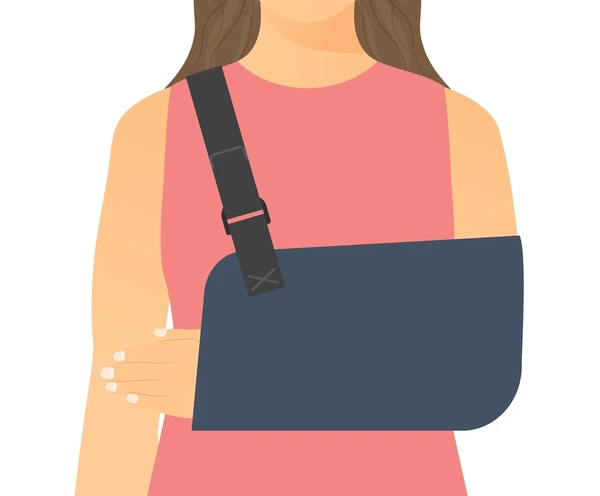The two most common types of shoulder replacement are an anatomic shoulder replacement and a reverse total shoulder replacement. Currently, more reverse replacements are performed per year in the US compared to anatomic replacements. This is because the indications for an anatomic replacement are narrower. This blog explains the differences in the procedures and function after these 2 types of replacements.Anatomic ArthroplastyWith an anatomic total shoulder replacement, the ball (humeral head) of the shoulder joint is replaced with an implant that includes a stem with a smooth, rounded metal head. The socket (glenoid) is replaced with a smooth, specialized plastic that is cemented into place. In essence, the diseased cartilage is removed and resurfaced with the two components. The goal is to perform a replacement that matches the patient’s anatomy as closely as possible.In order for the replacement to be stable, anatomic arthroplasty requires that the rotator cuff is functioning. The rotator cuff helps the shoulder move and most important helps keep the ball in the socket or provides stability to the shoulder. If the rotator cuff is not functioning, the replacement will move abnormally, leading to lower function and loosening of the components. If the rotator cuff is functioning stability is maintained, and function can be excellent.Reverse ArthroplastyThe reverse arthroplasty is a constrained design that provides stability to the joint. With a reverse total shoulder replacement, the normal structure of the shoulder is “reversed.” The ball portion of the implant is attached to the scapula (where the socket normally is) and the artificial socket is attached to the humeral head (where the ball normally is). Because the ball is fixed, the shoulder is “stabilized.” This allows the deltoid and other shoulder muscles to work effectively and provide range of motion.A reverse procedure is used for patients with a stability problem. The most common example is a patient with arthritis and a torn rotator cuff (rotator cuff arthropathy). Other examples include severe shoulder fractures, revision procedures, bony deformity, and an irreparable rotator cuff tear.How Does Surgery Time and Rehab Compare?The procedure takes roughly the same time (an hour or less) since both procedures are performed through the same type of incision and exposure. If anything, reverse shoulder replacements tend to be a slightly shorter surgery.In my practice I rehab both procedures the same – patients are placed in a sling for 4 weeks and then begin range of motion when the sling is removed. Most of the improvement (80-90%) of the improvement after surgery occurs within the first 6 months, then about 10-20% of the improvement occurs between 6 months and 12 months after surgery.How Do the Results Compare?Since both procedures resurface the joint, pain relief is typically excellent in both cases. Most patients have completely or 90% pain relief after the procedure.There may be slight differences in function after anatomic or reverse. A “good” anatomic tends to have better range of motion than a reverse replacement. In particular, internal rotation behind the back is commonly more limited with a reverse replacement. However, both types of replacement result in good overhead function and rotation out to the side in most cases.Currently there is very little difference in the complication rate between these procedures. Interestingly, the Australian Joint Registry has demonstrated that at 7 years after surgery more reverse implants are still functioning compared to anatomic replacements. This is likely because the reverse does not depend on the rotator cuff to function after surgery. With an anatomic replacement the subscapularis (one of the rotator cuff muscles) must heal after surgery for good function. Also over time the rotator cuff can degenerate as is common with aging, leading to a rotator cuff tear. This has actually led some shoulder specialists to consider performing a reverse in nearly all cases.
Similar posts



